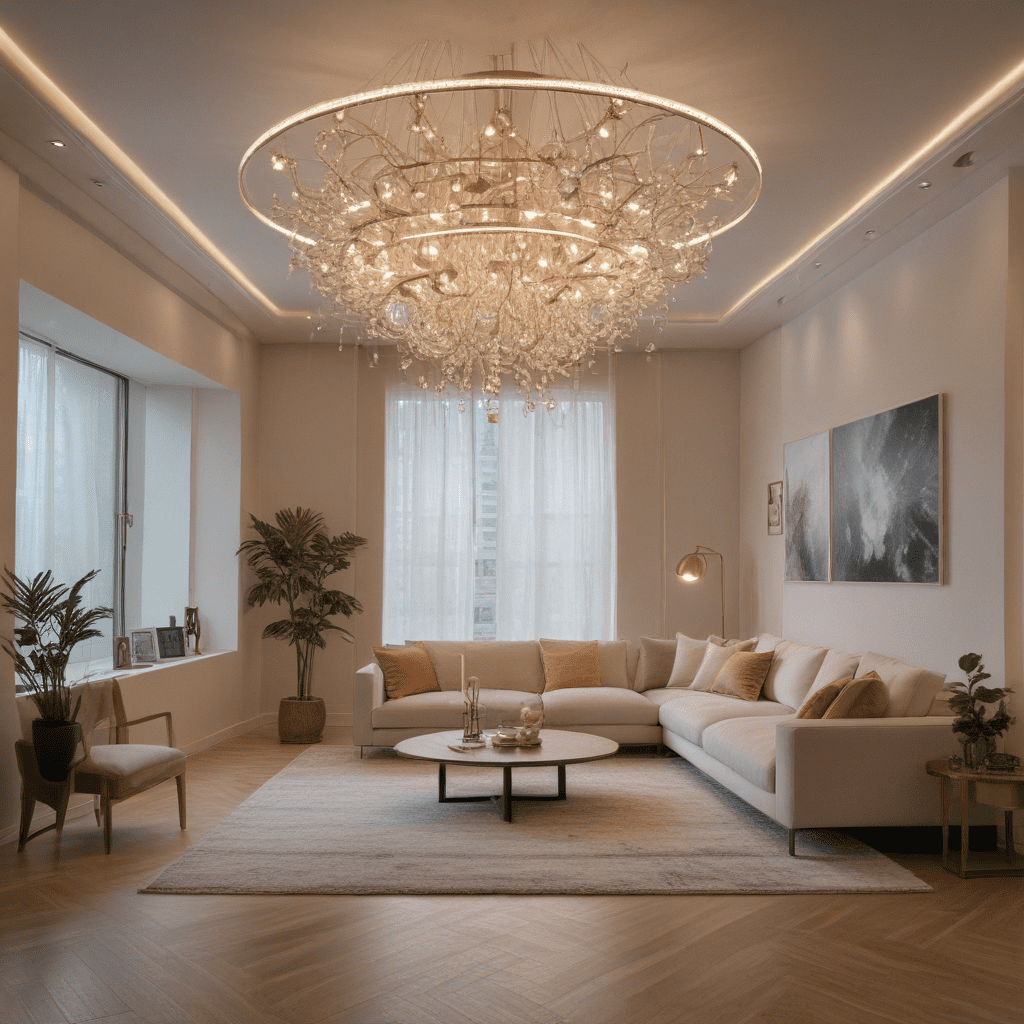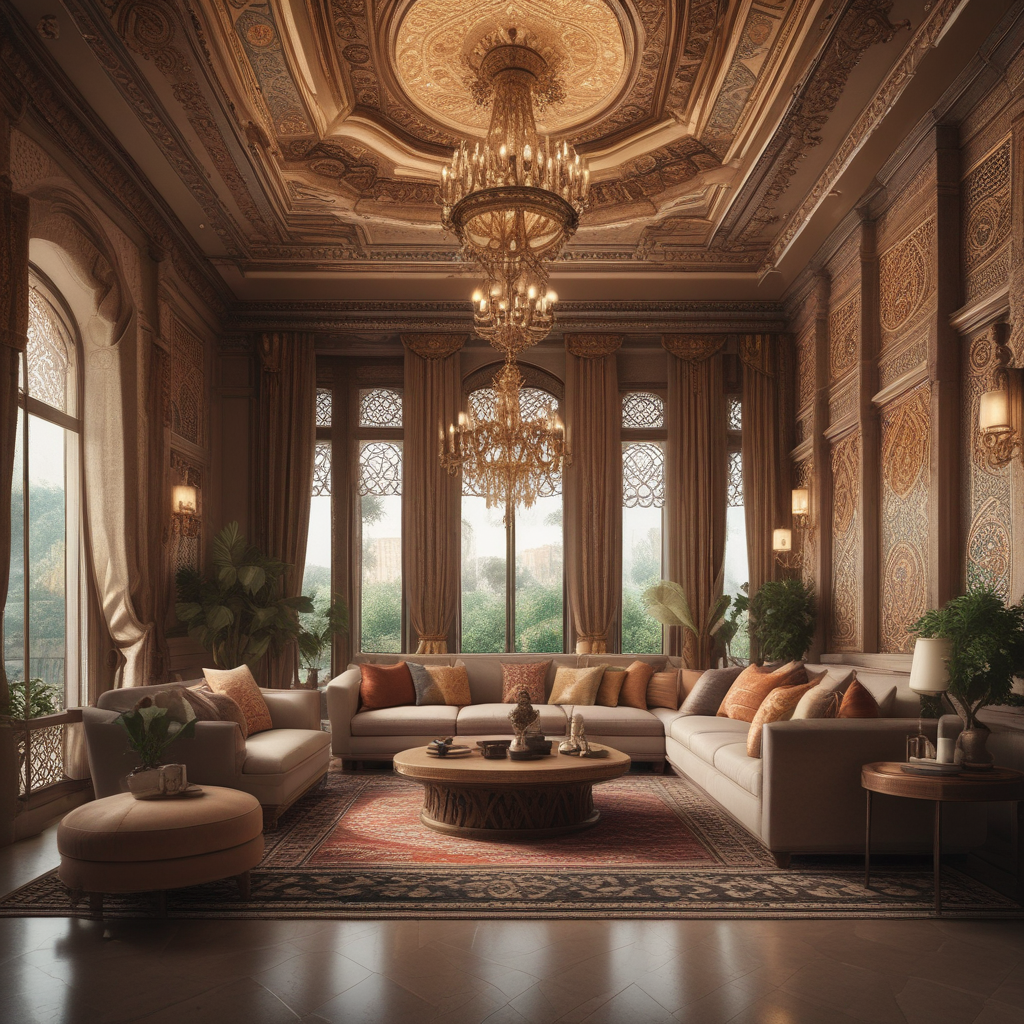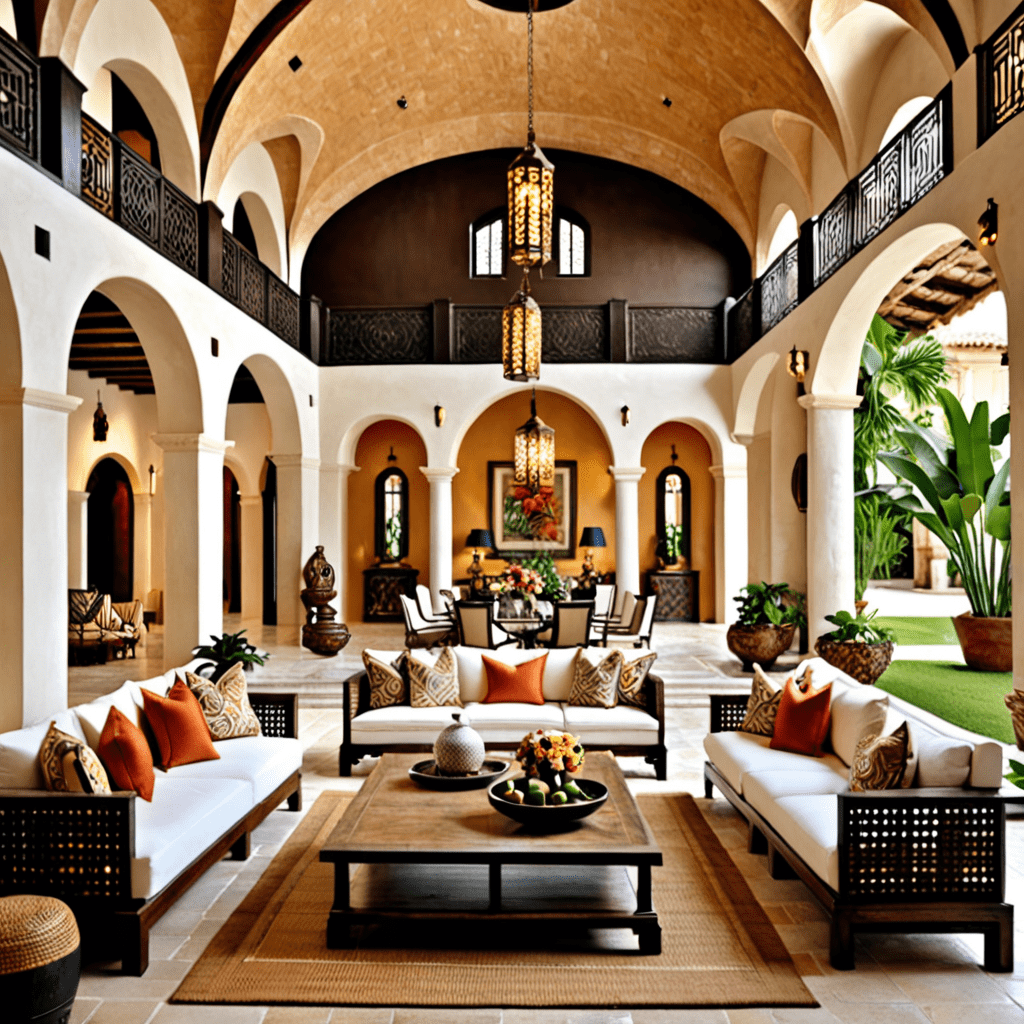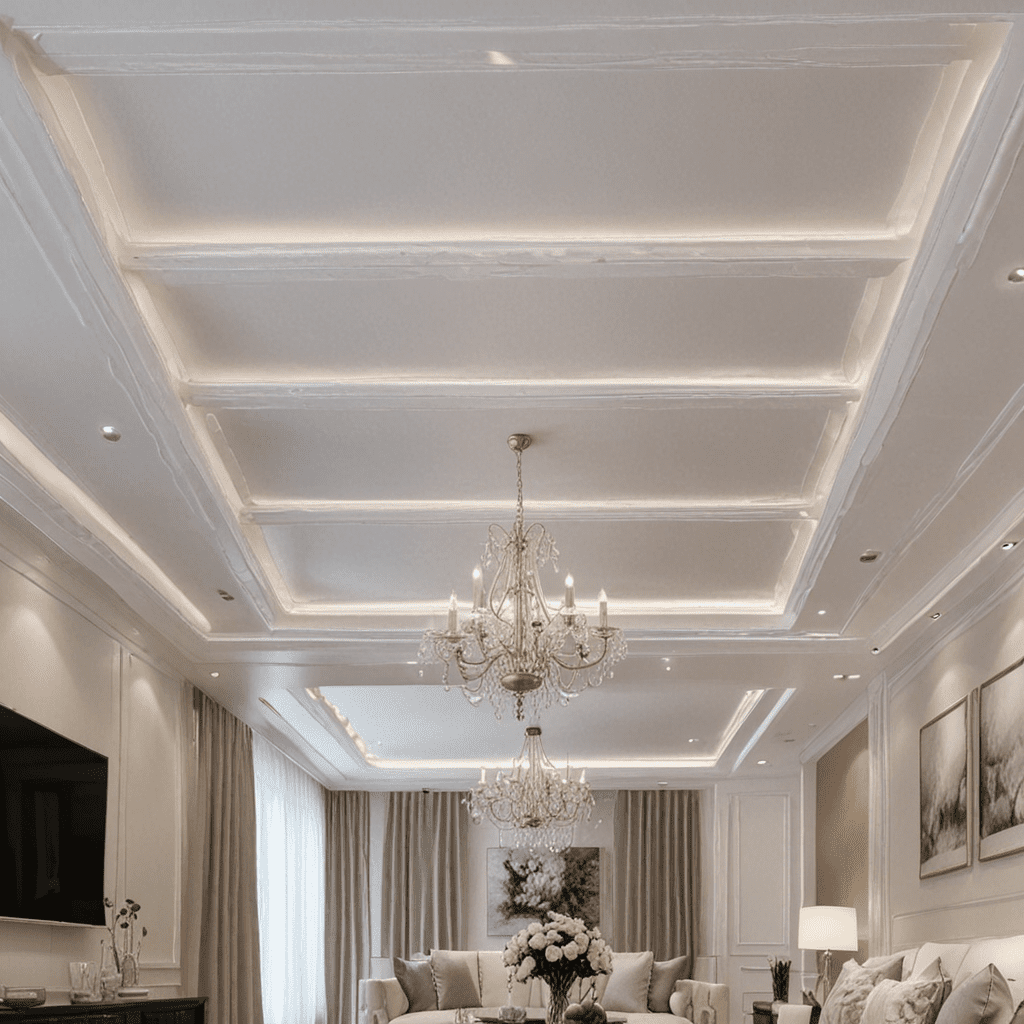Rediscovering the Timeless Charm of Colonial Revival Interior Design
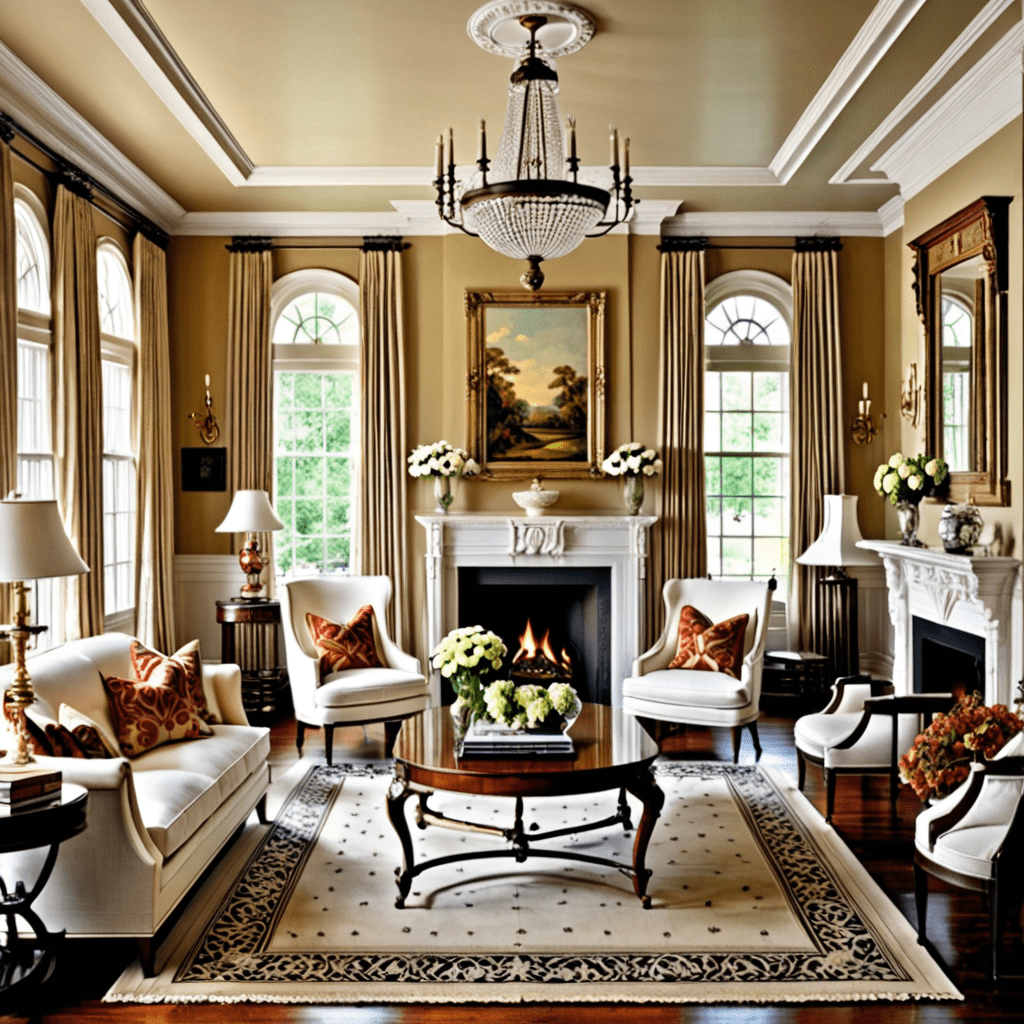

Rediscovering the Timeless Charm of Colonial Revival Interior Design
Colonial revival interior design is a style that has withstood the test of time, evoking a sense of elegance and history. This design aesthetic draws inspiration from the architectural and design elements of the colonial period in American history, which spanned from the early 1600s to the late 1700s. In this blog post, we will explore the key features and characteristics of colonial revival interior design and how you can incorporate this timeless charm into your own home.
1. Origins and Influences
Colonial revival interior design emerged in the late 19th century as a response to the Victorian era’s ornate and heavily embellished style. Influenced by the centennial celebration of the United States’ independence in 1876, architects and designers sought to recreate the charm of colonial-era homes while still incorporating modern conveniences.
2. Key Features and Characteristics
Colonial revival interiors are known for their simplicity, symmetry, and attention to detail. Here are some key features and characteristics to look out for:
- Color Palette: Colonial revival interiors often feature a neutral color palette, with shades of white, cream, beige, and light pastels. These soft hues create a sense of calm and serenity.
Woodwork and Moldings: Intricate woodwork, including crown moldings, chair rails, and wainscoting, is a hallmark of colonial revival interior design. These details add depth, texture, and visual interest to the space.
Furniture: Furniture in colonial revival interiors is often made of solid wood, such as mahogany, oak, or cherry. Pieces are traditionally styled and may feature intricate carvings or turned legs. Upholstery fabrics tend to be understated and elegant.
Fireplaces: Colonial revival homes often feature grand fireplaces as a focal point in living rooms or bedrooms. These fireplaces are typically made of brick or stone and can be adorned with decorative mantels and hearths.
Natural Materials: Colonial revival design embraces natural materials such as wood, stone, and brick. This creates a connection to the natural environment and emphasizes a sense of warmth and authenticity.
Symmetry: Colonial revival interiors strive for balance and symmetry. Furniture arrangements are often paired and mirrored on either side of a room, creating a visually harmonious space.
3. Creating a Colonial Revival Aesthetic
To achieve a colonial revival aesthetic, consider the following design elements:
- Architectural Details: Incorporate architectural details such as crown moldings, paneling, and built-in cabinetry to add authenticity to the space.
Traditional Furnishings: Choose furniture with traditional lines and classic silhouettes. Look for pieces made of wood and opt for upholstery in muted colors or subtle patterns.
Antiques and Vintage Finds: Add character and charm to your colonial revival interior by incorporating antiques and vintage finds. Consider antique clocks, vintage artwork, or heirloom pieces that have been passed down through generations.
Natural Textures: Use natural textures such as jute rugs, linen fabrics, and woven baskets to create depth and visual interest in the space.
Traditional Lighting: Select lighting fixtures that reflect the colonial revival aesthetic. Look for fixtures with brass or bronze finishes, and consider incorporating chandeliers or wall sconces to enhance the overall ambiance.
4. Colonial Revival Interior Design in Different Spaces
Colonial revival design can be applied to various spaces within a home. Here are some ideas for incorporating this aesthetic into different rooms:
- Living Room: Create a cozy and inviting atmosphere by using comfortable seating, a focal point fireplace, and classic furniture pieces.
Dining Room: Set a formal yet welcoming tone with a large dining table, elegant chairs, and a chandelier above the table for a touch of grandeur.
Bedroom: Opt for a four-poster bed with intricate details, complemented by a soft color palette and layered textiles for a serene and luxurious retreat.
Kitchen: Incorporate traditional cabinetry, a farmhouse sink, and open shelving to achieve a charming colonial revival kitchen. Consider adding an island for additional workspace and storage.
Bathroom: Embrace simplicity and elegance in the bathroom with classic fixtures, such as a clawfoot bathtub, pedestal sink, and subway tiles. Incorporate soft lighting and vintage-inspired accessories for a timeless look.
5. Maintaining Relevance in Modern Times
While colonial revival interior design is rooted in history, it does not mean that it cannot be adapted to suit contemporary lifestyles. Here are some ways to maintain relevance in modern times:
- Open Floor Plans: Embrace open-concept living by maintaining the key design elements of colonial revival interiors while allowing for a more fluid and interconnected space.
Incorporate Modern Materials: Combine traditional elements with modern materials, such as incorporating stainless steel appliances into a colonial revival kitchen or using sleek furniture pieces with clean lines.
Blend with other Styles: Mix colonial revival elements with other design styles to create a personalized and eclectic space. For example, pair colonial revival furniture with mid-century modern accents for a unique twist.
FAQ
Q: Is colonial revival interior design only suitable for large, historic homes?
A: Not necessarily. While colonial revival interior design has often been associated with larger, historic homes, it can also be adapted to suit smaller spaces or more modern homes. The key is to incorporate the fundamental principles and key features of colonial revival design while making adjustments to fit the scale and style of your space.
Q: Can I incorporate color into a colonial revival interior?
A: Yes, you can certainly incorporate color into a colonial revival interior. While neutral shades are often preferred, you can add subtle pops of color through accessories such as pillows, rugs, or artwork. Stick to a muted and understated color palette to maintain the overall elegance and timeless appeal of the style.
Q: Is colonial revival interior design considered outdated or old-fashioned?
A: Not at all. Colonial revival interior design has endured for many decades due to its timeless elegance and charm. While it may draw inspiration from a historical period, it can be adapted and incorporated into modern homes without feeling outdated. By blending traditional elements with contemporary touches, you can create a space that feels both classic and fresh.
Q: Can I mix colonial revival interior design with other design styles?
A: Absolutely! Mixing design styles can create a unique and personalized space. Colonial revival interiors can blend harmoniously with other styles such as mid-century modern, industrial, or bohemian. The key is to find a balance between the different aesthetics, ensuring that each style complements and enhances the overall design of the space.
Q: Are there any specific decorating mistakes to avoid when incorporating colonial revival interior design?
A: While personal style and preferences play a significant role in designing a space, there are a few common mistakes to avoid when incorporating colonial revival interior design. These include overdoing the use of woodwork and moldings, neglecting natural light, and cluttering the space with excessive accessories. Remember to keep it balanced, elegant, and true to the core principles of colonial revival design.
Q: Can I achieve a colonial revival interior design on a budget?
A: Yes, achieving a colonial revival interior design on a budget is possible. Look for second-hand or antique furniture pieces, shop sales or flea markets for accessories, and consider DIY projects to recreate the look of certain architectural elements. Focus on the key features and characteristics of colonial revival design while keeping an eye out for cost-effective alternatives.
In conclusion, colonial revival interior design offers a timeless charm that continues to captivate homeowners. By embracing the key features and characteristics of this style, you can create a space that evokes elegance, history, and a sense of enduring beauty. Whether you are restoring a historic home or incorporating colonial revival elements into a modern space, this versatile design aesthetic is sure to add a touch of sophistication and warmth to your interior.
